Nymph and Bacchic Putto, 1784.
With a light and graceful spirit, this work imbued with tender suavity depicts, within a green setting silhouetted on the right of a fountain in the shape of a Venusian shell, a lascivious Maenad pleasantly accosted by a little Cupid. Nestled against his shoulder, the divine and playful child seems to share the state of light intoxication to which the young woman abandons herself, smiling. Lying, undressed, on a rocky mound surrounded by opulent draperies that serves as her bed, she displays in a knowingly arched posture full, quivering forms; her ecstatic eyes, her greedy mouth, her rosy cheeks evoke the intoxication caused by the heavy bunch of grapes that she holds in an evasive attitude in her right hand. Marking the composition, vine branches and bunches of grapes, amphora, thyrsus and tambourine of Basque - attributes signifying the divine presence of Bacchus and his procession - place the intoxicated Maenad and her little companion (Bacchus child?) in the heart of a place filled with voluptuous bliss. Dominated by brown, ochre and green tones enhanced by luminous and dazzling spots of gold, golden or milky white, purple, the color palette accentuates the joyful nature of this composition placed under the auspices of Bacchus. Earthly divinity, emblematic for the 18th century French Enlightenment of fertilizing Nature and the joy of living to which Jacques-Philippe Caresme granted in his pictorial work (La Bacchante enivrée, 1780, engraved by Jean-François Janinet), engraved (Les Plaisirs bacchiques, set of colored etchings produced between 1760-1789) or drawn a large part. Our oil on paper is probably part of this "set" of "autonomous" works "produced" by the artist between 1763 and 1784 - as Marie Yvonneau-Fournier notes (see Bibliography) - not for the purpose of preparatory studies for paintings but "to be exhibited and sold".
Oil on paper (mounted on panel). Signed on the back, top left Caresme 1784.
Period: French school of the second half of the 18th century
Good condition. Has retained all the freshness of its chromatism.
Dimensions: 23 x 21 cm -With frame: 40x 43 cm.
Provenance: Private collection..
CARESME Jacques-Philippe
Painter, draftsman and engraver, born in Paris on February 25, 1734, died in the same city on March 1, 1796 (Ec. Fr.)
Approved in 1766 as a history painter at the Royal Academy where he joined in 1753 as a student of his cousin Charles-Antoine Coypel (1694-1752), this artist trained in the amiable and charming know-how of François Boucher (1703-1770) had a promising start. Noticed during his first performance at the Salon of 1767, Louis XV commissioned Caresme to create two floral-themed overdoors intended to adorn the antechamber of the Petit Trianon at the Château de Versailles: Metamorphosis of the nymph Mint changed into a plant, signed and dated 1772 and, Myrrha metamorphosed into a shrub. However, he was to lose his place and status as Academician in 1778, for not having provided a reception piece.
A painter with a very flexible talent but also a very remarkable engraver, Jean-Philippe Caresme exhibited at the Salons, in addition to portraits and still lifes, "mythological works that are both amiable and lively, whose erotic energy and sensual color testify to a view of Rubens, one of the most appreciated artists of the French Enlightenment" and, more particularly, scenes of Bacchanalia, which he had made a specialty of. Many of his scenes were popularized by engravings by Bonnet, Demarteau or Janinet.
Caresme also left some religious subjects (Sainte-Famille, Nantes), historical subjects dealing with the past (Saint-Louis receiving the Crown of Thorns, La Rochelle; The Death of Duglescin, location unknown) or also echoing revolutionary events (Bravery of Parisian Women on the Day of October 5, 1789; Last Words of Marie-Joséph Chalier in the Prisons of Lyon, July 17, 1793, Paris, Musée du Louvre).
Other works by this artist are held by Parisian or provincial museum institutions. We will mention: The Offering to Pan, watercolor gouache (Paris, Petit Palais), The Guitar Player (Paris, Cognac-Jay Museum); Bathers (Bordeaux, Museum of Fine Arts), Centaur and Bacchante (Dijon, Musée Magnin) and a Metamorphosis of Daphne (Toul Museum).
Literature: - Yvonneau-Fournier, Marie, The Identity of the Artist in the 18th Century. The Case of Jean-Philippe Caresme (1734-1796), Painter to the King, Master's Thesis, Panthéon-Sorbonne University, 2015.
- Renouvier, Jules, Anatole de Montaiglon, History of Art during the Revolution, 1789-1806, pp. 177 et seq.
- Morel, Philippe, "Maenads and Bacchic Nymphs in the Art of the 17th and 18th Centuries", in: Modern Bacchanals! The Nude, Drunkenness and Dance in French Art of the 19th Century, Bordeaux, Galerie des Beaux-Arts, Exhibition, February 12-May 23, 2016, Silvana Editoriale, pp.35-36.n





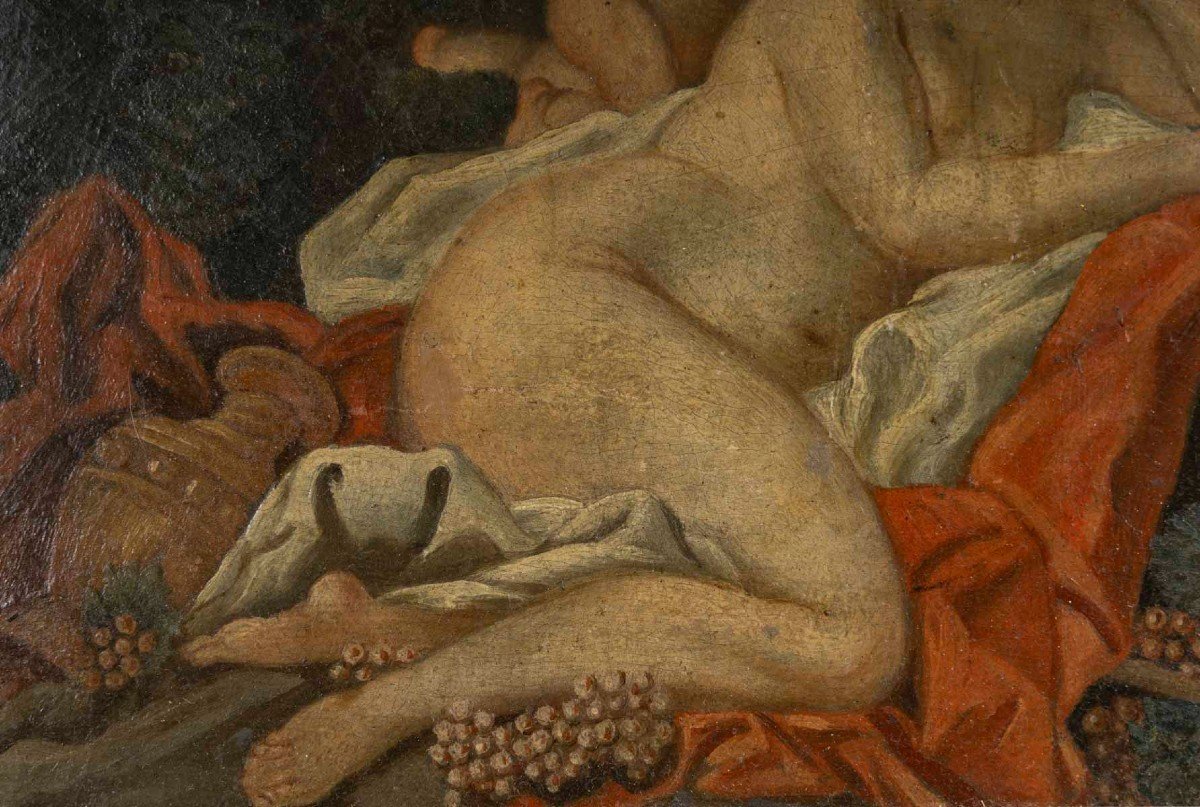














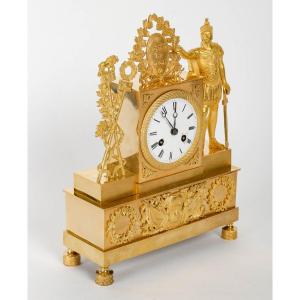

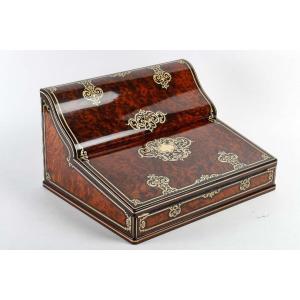


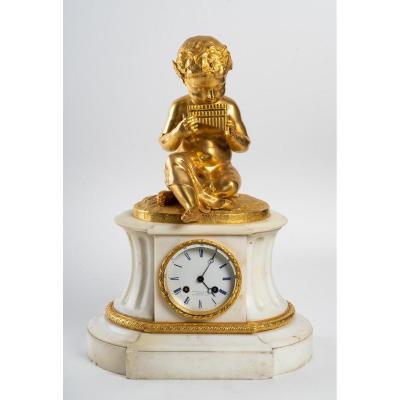
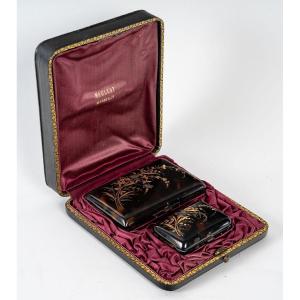


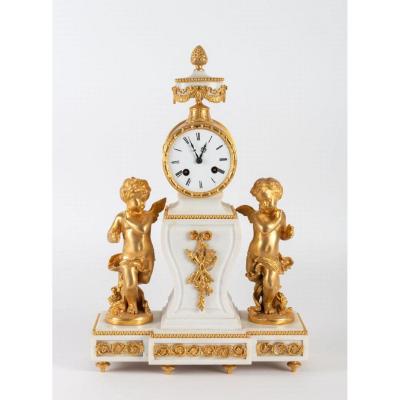
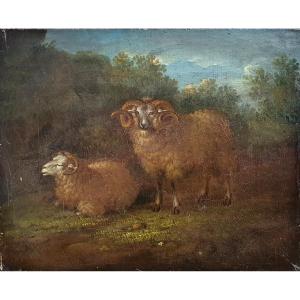
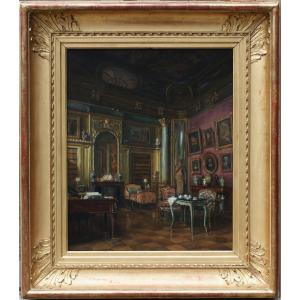

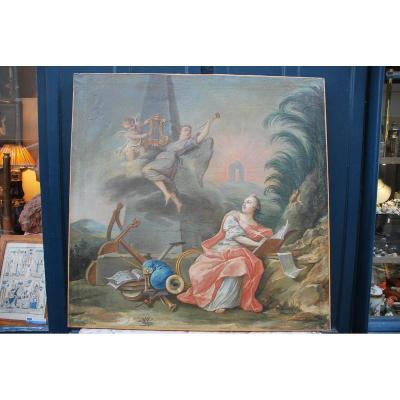




 Le Magazine de PROANTIC
Le Magazine de PROANTIC TRÉSORS Magazine
TRÉSORS Magazine Rivista Artiquariato
Rivista Artiquariato